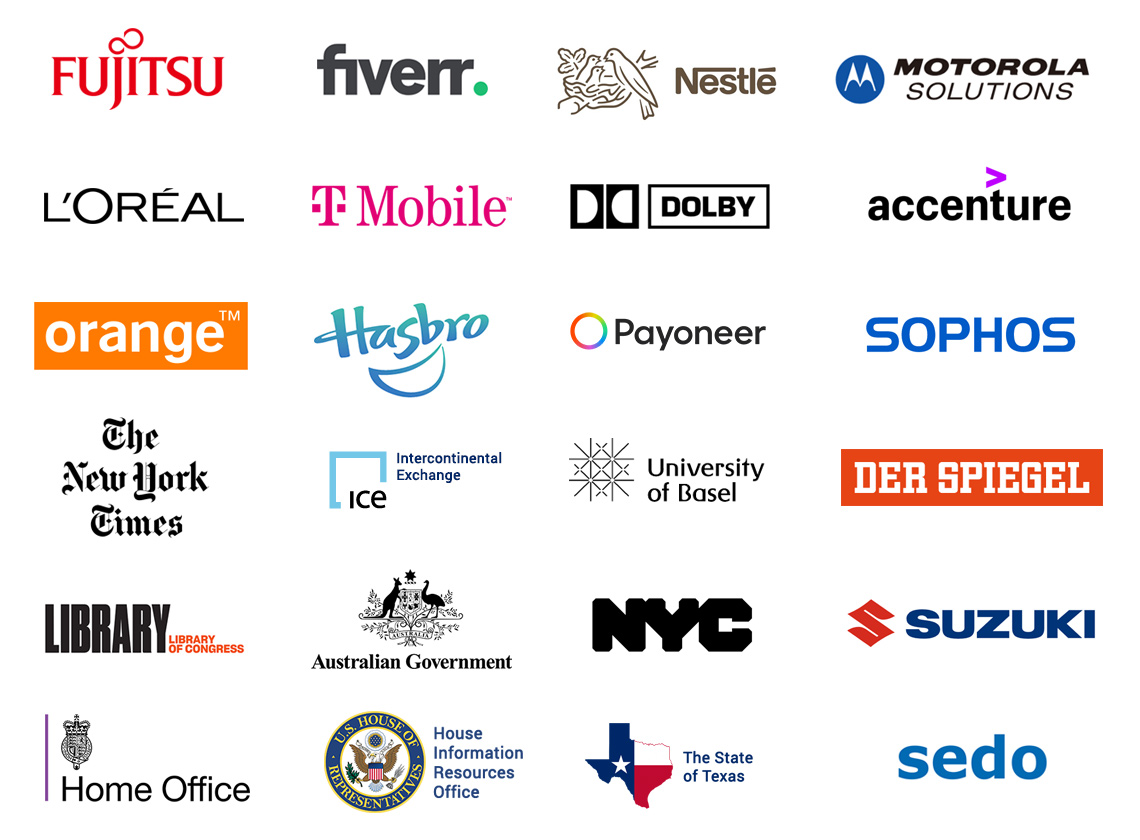In this article, extracted from my How to Open Suspicious Links Safely guide, I'll list 10 major red flags to watch for before clicking on any link. With these quick tips, you'll be better prepared to avoid scams, phishing attacks, and dangerous sites. Let's dive into it!
Link Sandbox Demo
Nothing beats a live demo! Don't risk clicking on a suspicious link directly – open it in a sandboxed browser via browserling.com/browse. I and my team run virtual machines in the cloud and stream just the browser to you, so that you can stay completely protected from any potential threats.
10 Warning Signs a Link Could Be Suspicious
🚩 The Link Has Too Many Random Characters
If a link looks like a mix of random letters, numbers, or symbols, it might be hiding something. Legit websites usually have clean, recognizable URLs.
🚩 The Domain Name Looks Strange
Be cautious if the domain name is misspelled or tries to mimic a real one (like "g00gle.com" instead of "google.com"). Scammers use these tricks to fool you.
🚩 Shortened Links from Unknown Sources
Be cautious with shortened URLs like bit.ly if you don't know where they'll take you – they can hide dangerous sites.
🚩 Links Sent by Strangers
If someone you don't know sends you a link, think twice before clicking on it.
🚩 It Asks for Personal Information Right Away
Be wary of links that take you to pages asking for sensitive info like passwords or credit card details. Trustworthy sites don't demand this upfront.
🚩 The Link Doesn't Match the Email or Message Context
If the link seems unrelated to the message or email it came from, it's suspicious. For example, a friend talking about photos shouldn't send you to a shopping site.
🚩 It Forces You to Download Something
Links that automatically trigger a download when you click are red flags. These could be malware disguised as files.
🚩 HTTPS is Missing
If a link starts with "http" instead of "https", it's less secure. Most safe websites today use "https" to encrypt your connection.
🚩 The Link Has Pop-Ups or Redirects
Clicking a link that floods you with pop-ups or sends you to multiple other pages is a bad sign. These are common tactics for phishing or malware.
🚩 The Link Triggers Security Warnings
If your browser or antivirus flags a link as unsafe, trust the warning. Modern tools are good at detecting risky links before you even click.
What Is Browserling?
Browserling is a link sandbox service that lets you open and test suspicious links in a secure virtual browser. It uses a remote virtual machine to load the link, so any malware or harmful content stays contained and doesn't affect your computer. It provides a simple and safe way to check links without risking your device or data.
Who Uses Browserling?
Browserling has now become the suspicious link checking service of choice and it's used by hundreds of thousands of users around the world every month. Browserling's customers include governments, states, cities, banks, stock exchanges, universities, newspapers, Fortune 100, Fortune 500 companies, and private multi-billion dollar companies.

Browse safe!
